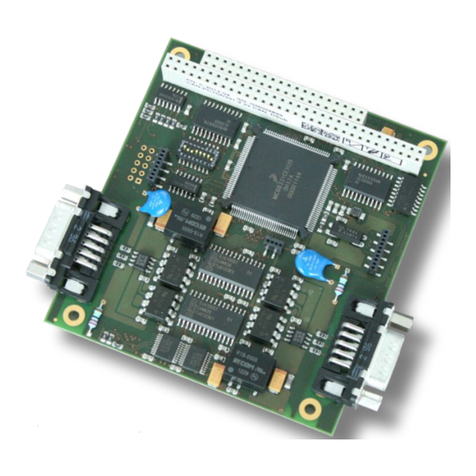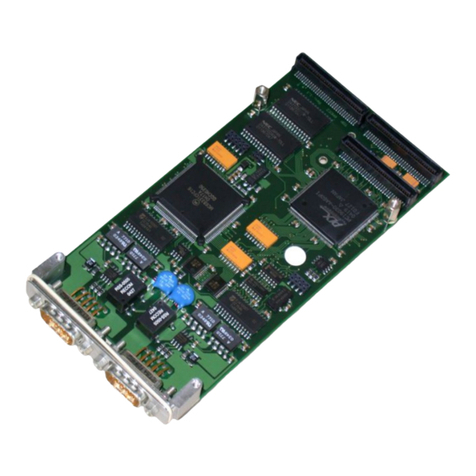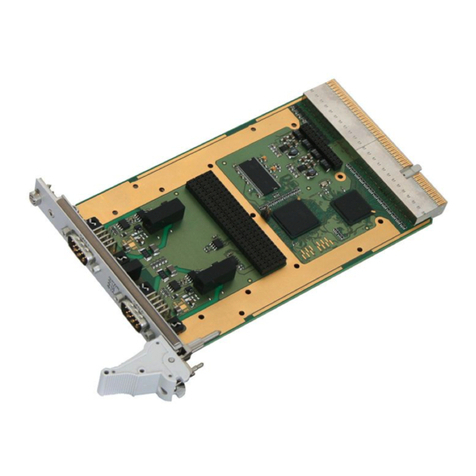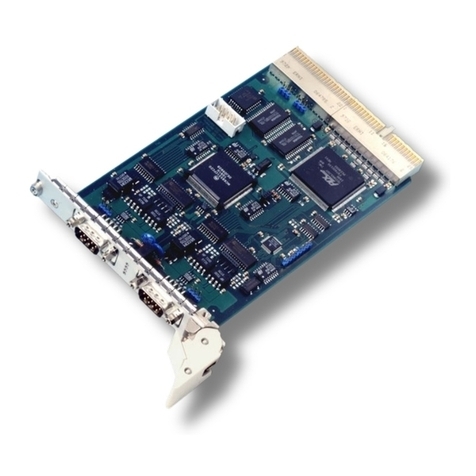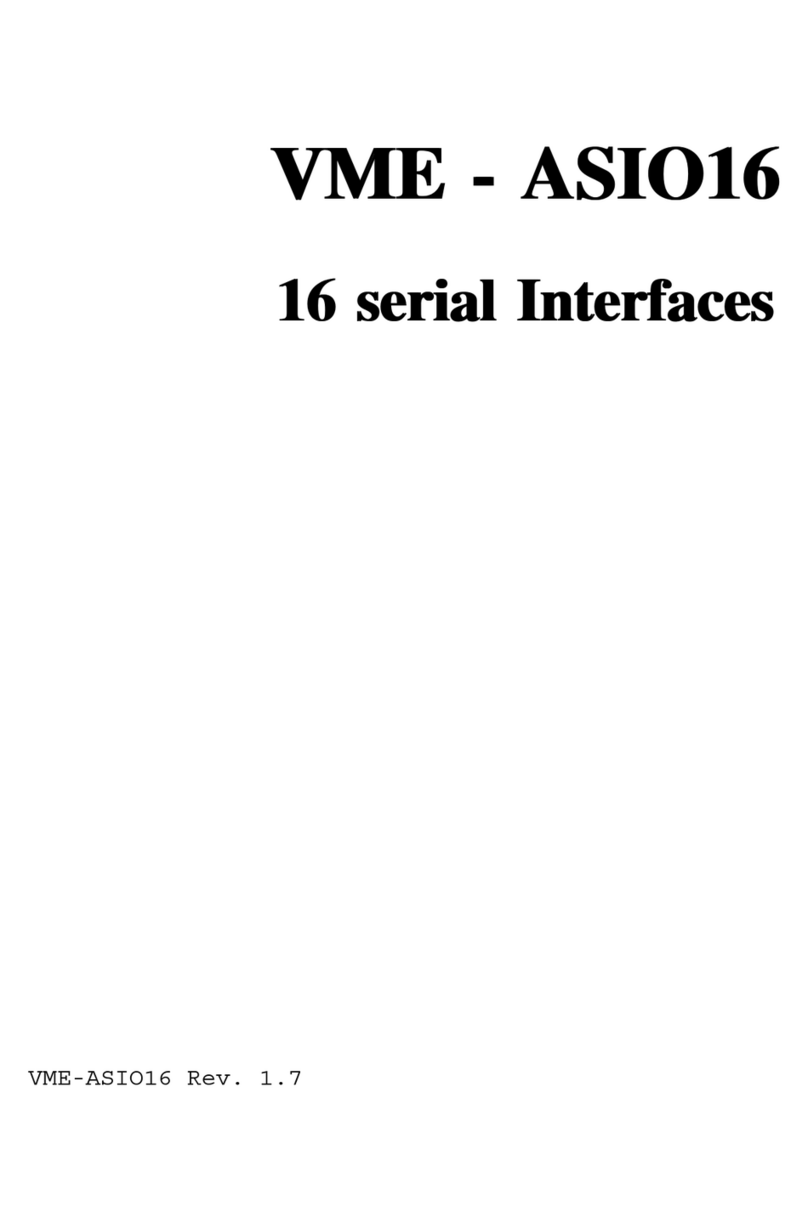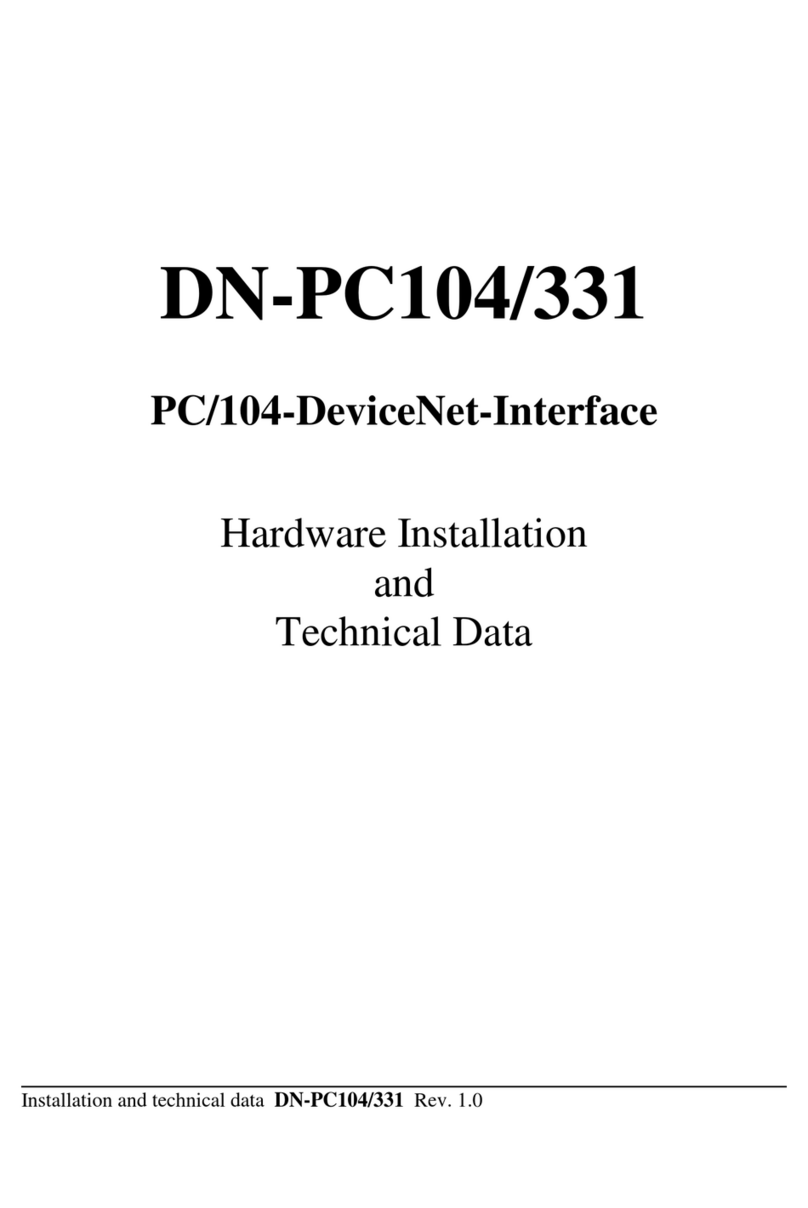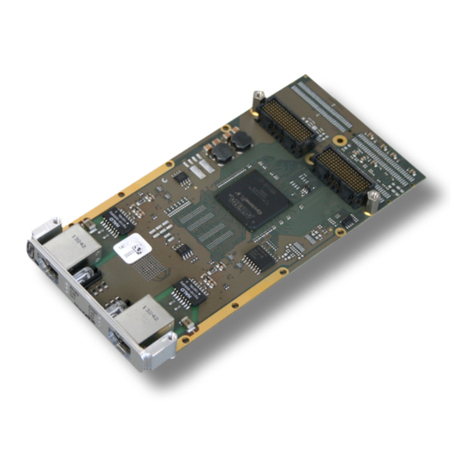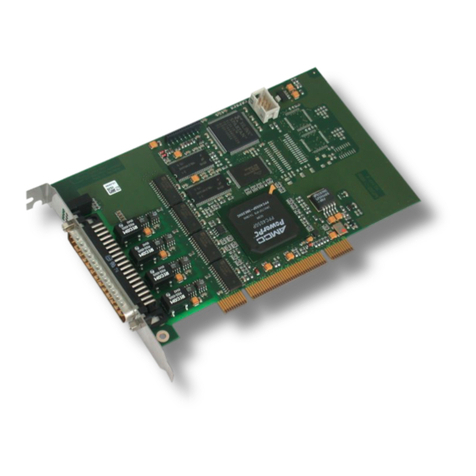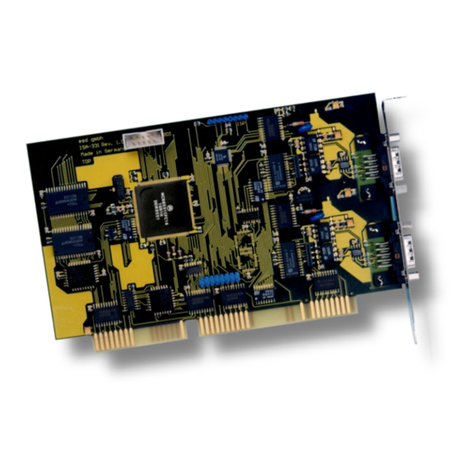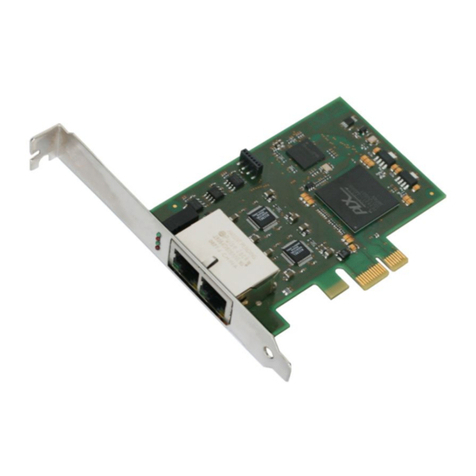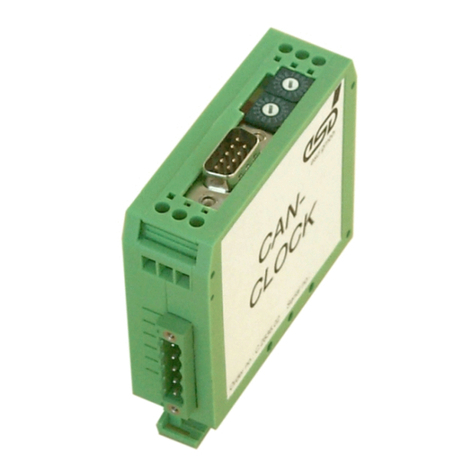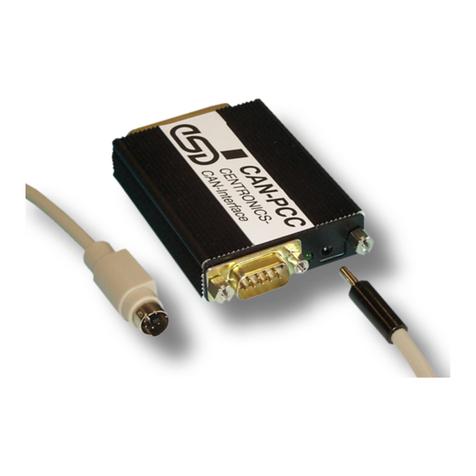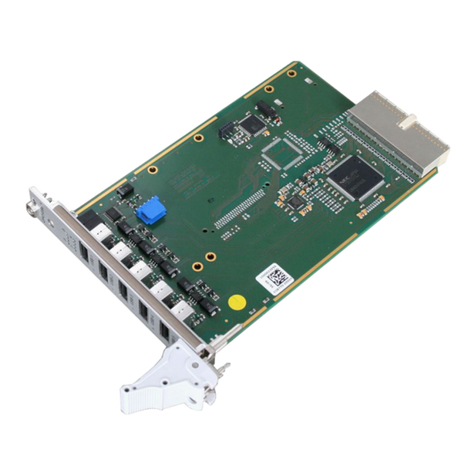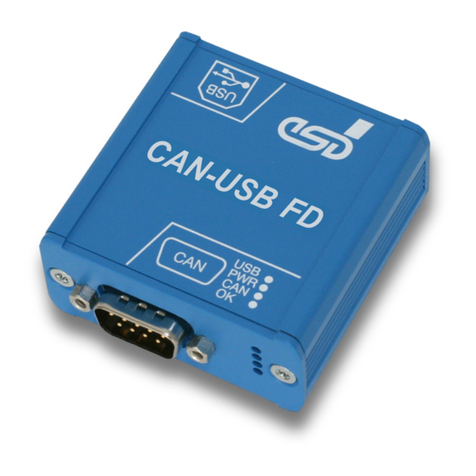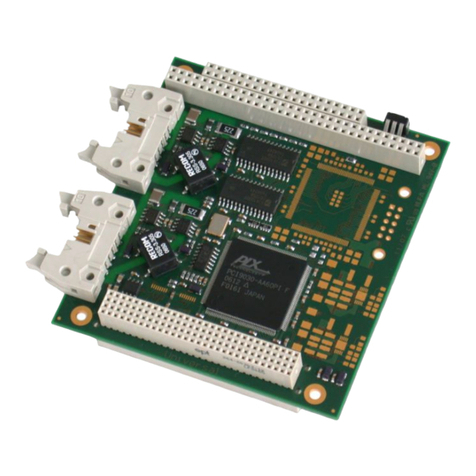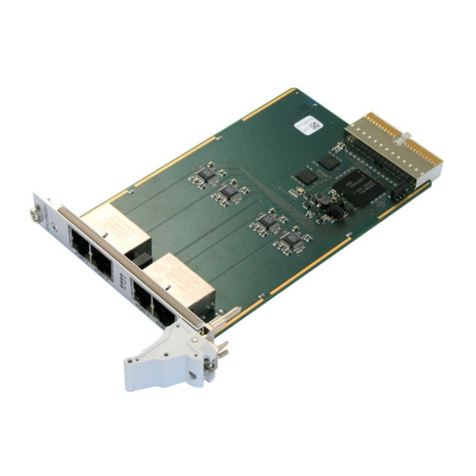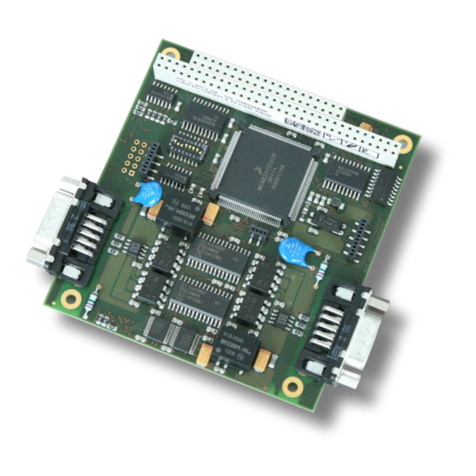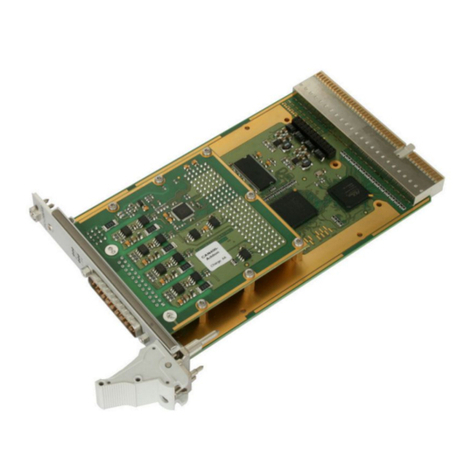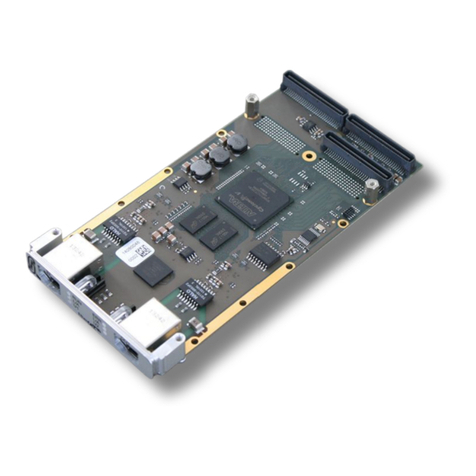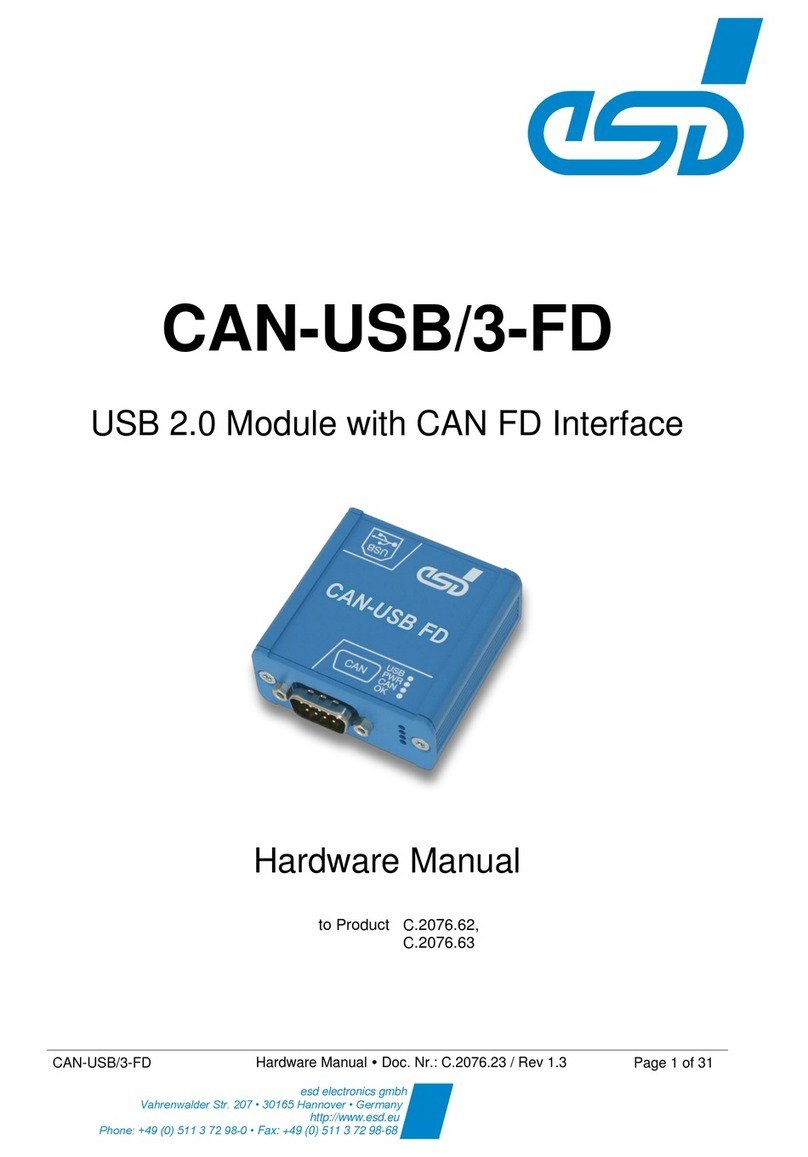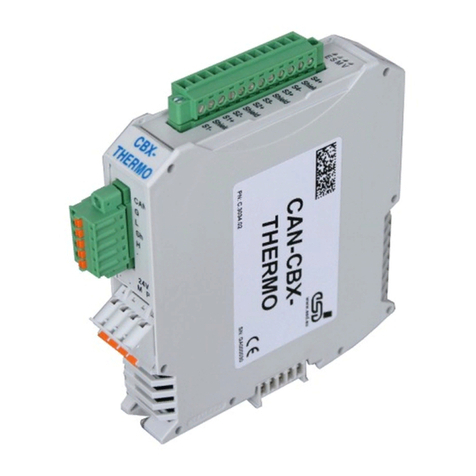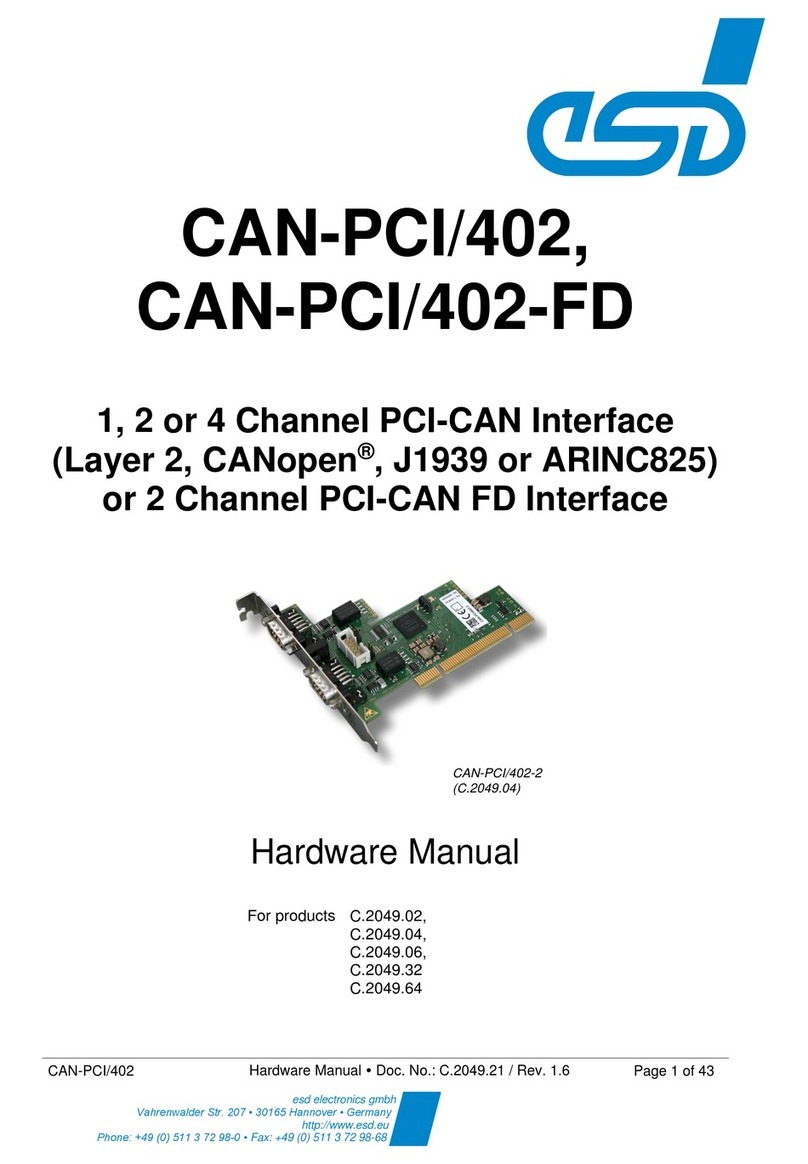
9
7.3 Connecting The G S Antenna
Warning !! Make sure that the G S antenna is connected before switching on power
otherwise the G S will be damaged.
NEVER connect or disconnect the G S antenna while power is ON, switch power off first
then connect the antenna then switch power back ON.
The GPS antenna connects to the system via a standard B C plug to P7 on the rear panel of
the DTS2. Use an aircraft certified GPS antenna.
Raw GPS data from the on board module is sent out on serial RS232 port P9 at 9600 baud.
The Raw GPS MEA –0813 sentence string looks like this:
$GPRMC,111621.00,A,3402.78600,S,01849.77818,E,0.039,249.04,101007,,,A*78
$GPGGA,111621.00,3402.78600,S,01849.77818,E,1,08,1.79,212.9,M,32.7,M,,*45
This string output from DTS2 can be connected directly to another data systems RS232
Serial port such as ADAS2000 or DMT and SEA data systems.
7.4 Connecting Analog Signals To The System
Warning !! Make sure that the analog voltages connected to the system do not exceed
+-10 Volts.
Analog signals can be connected to the 9 pin D type connector P5 at the rear of the DTS. Use
RG178 coax cable or shielded Teflon cable for each signal connection. Bad, unshielded or
incorrect connections will result in noisy data.
Analog input channel 5 in Numbers
0 6
1 1
2 7
3 2
4 8
5 3
6 9
7 4
GROU D 5
Selecting the ADC input voltage range.
Jumper BR19 to BR26 are used to select between the -5 to +5 Volt
range or the -10 to +10 Volt range.
Link pins 1 to 2 for the -5 to +5 Volt range.
Link pins 2 to 3 for the -10 to +10 Volt range. * Default on all channels, Do not change the
default settings without consulting ESD.
7.5 Connecting arallel I/O To The System
Warning !! Do not connect signals that exceed +-28V to the counter and parallel input
channels, a minimum of 5 Volts is needed to switch the circuit.
The user can connect flare fire buttons to the counter channels to keep track of how many
flares were fired. The counter channels have software de-bounce filters, each counter will
increment when applying a momentary voltage to the appropriate counter input pin on P10.
The user can also set a software de-bounce value in the configuration file.
NOTE: Keep Counter Channels separate from each other and from other parallel I/O
signals. Cross talk in a multi core ca le can cause a counter channel to increment when
the other channel is pulsed. Use single core shielded ca le for counter channels.
